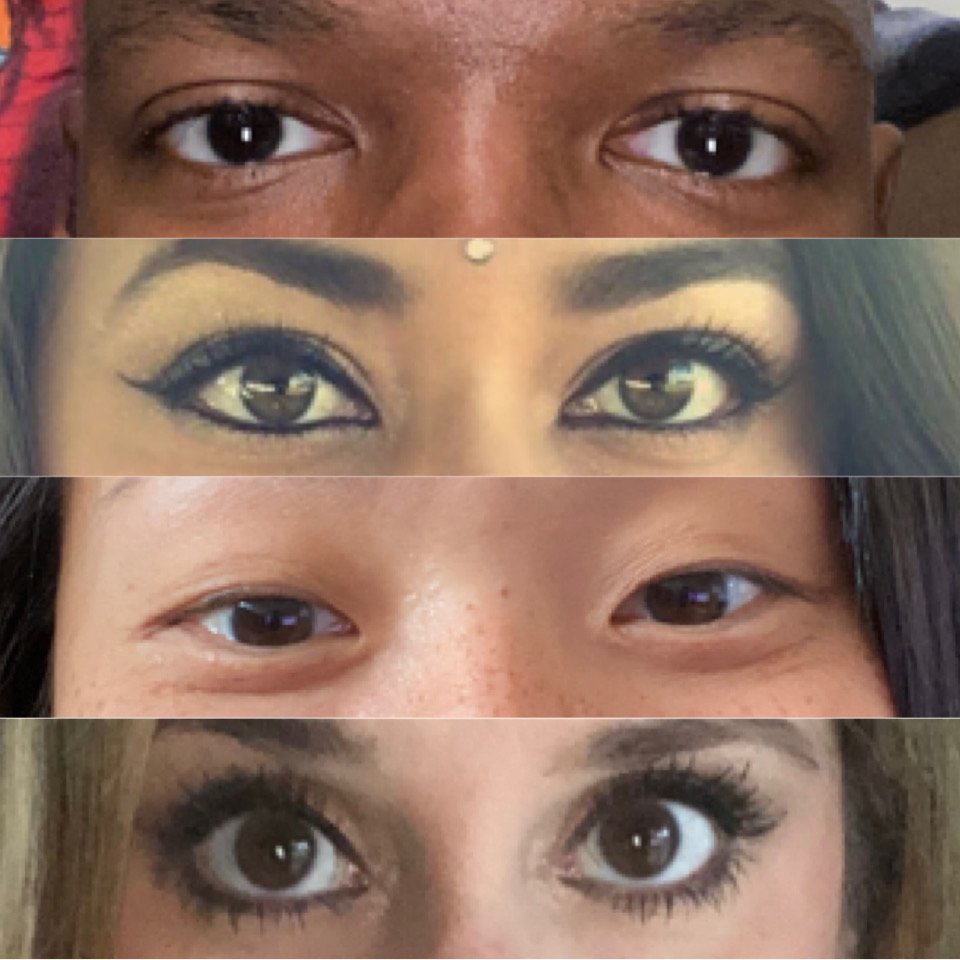What’s got eyes, butts and cascading mental implications? This week’s science story! As we continue to be socially distanced from one another, it feels like nearly any form of connection is welcome at this point. Simply making eye contact actually has a myriad of benefits for us humans. Let’s chat about some related but very different eye contact research. Does eye contact matter?
A team of scientists at the Okavango delta in Botswana recently made some big news thanks to a really unique kind of eye contact. This region is a United Nations Educational, Scientific and Cultural Organisation (UNESCO) world heritage site and a vast conservation area for many African animals, ranging from the small local farmer’s domesticated livestock all the way up to the big wild life-like king of the jungle and other more dangerous predators.

Local farmers here keep their cattle in safe-contained areas at night, but they roam and graze unattended throughout the day—when most of the predation happens. After all, this area is home to lions, leopards, cheetahs and more!
These farmers have traditionally turned to lethal or toxic options for preventing loss of cattle from predation, but a team of researchers now has proposed a very … visionary … new approach.
For 24 days as the cattle left the safe confines of the farm to explore the wild and natural—but dangerous—landscapes, scientists painted markings that emulated eyes on some of the rumps of some of the cattle. No, really.
A majority of these ambush attacks were being carried out by lions, who are known to abandon the hunt if they are seen by their prey. Hence the brilliant idea of painting eyes on the butts of cows. So, did it work?
(Cue Rockwell for a musical interlude … “I always feel like somebody's watchin' me.”)

Of the 683 cows with eyes painted on their bums NONE were ambushed. Zero! Meanwhile, 15 of the 835 unmarked cows were ambushed and killed.
Markings that look like eyes do appear in many animals, such as butterflies, fish, amphibians and birds, but no mammals have this eye-snapped pattern. Not only that, but this is the first study to look into how this perceived eye contact carries out in large mammalian predators.
More research is needed to further understand these relationships, but to bring it home, for lions, cows or humans, there is a direct link between eye contact and how we behave. Even just the perception of being seen by someone (like if you can't see someone's eyes but know you're being filmed on a security camera) has been observed to change people's behavior.

Regardless of whether you're locking eyes with a stranger, noticing a security camera or having a conversation with mom, knowing that you're being seen may very well impact your behavior.
Now, obviously not all eye contact is bad. In fact, for us it's quite the opposite. Neuroscientists have shown making eye contact produces oxytocin, dopamine and other positive-feeling brain chemicals. In many cases eye contact is critical for improving relationships. Unless you're a lion staring down an eye painted on a butt. Now you can see clearly that this is some pretty visionary science to report on!
The Museum is hard at work helping you to discover your world despite dramatically reduced financial resources. If you'd like to help us continue this work, click here to learn how.


